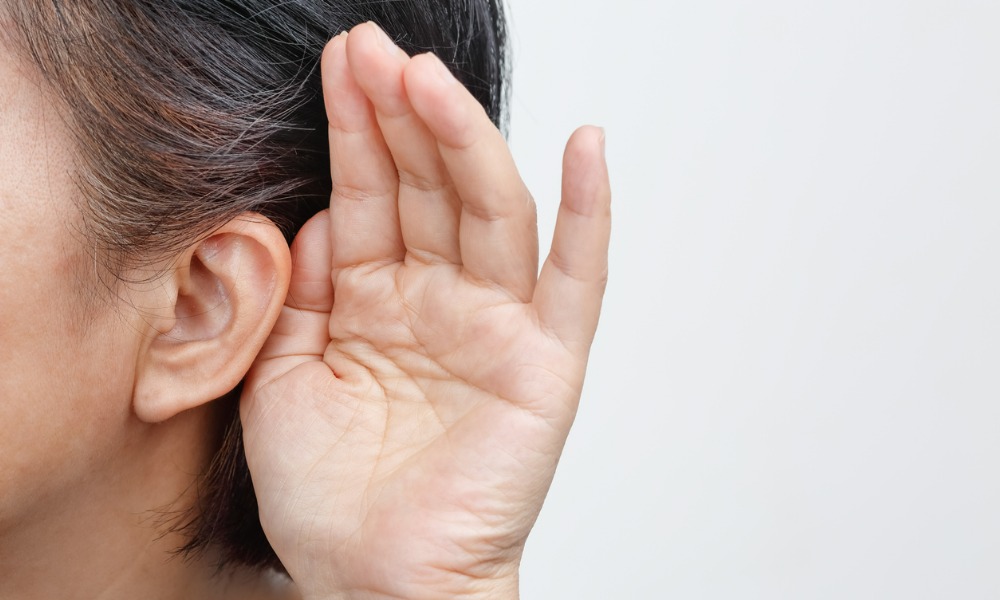22 million workers in the U.S. are exposed to noise hazards

In the U.S., hearing loss is the third most common chronic physical condition in the U.S. after hypertension and arthritis.
Says the National Institute for Occupational Health and Safety (NIOSH), 12 per cent of the U.S. working population has hearing difficulty. Further, around 24 per cent of hearing difficulties are caused by occupational exposures.
Around 8 per cent of the U.S. working population has tinnitus, while 4 per cent has both hearing difficulty and tinnitus.
Furthermore, occupational hearing loss (OHL) is the most common work-related illness in the U.S. – with around 22 million workers exposed to noise hazards. In addition, NIOSH says that 10 million workers are exposed to certain substances or “ototoxicants” which can cause OHL.
Hazardous noise exposure is most common in the mining, construction and manufacturing sectors.
The Occupational Safety and Health Administration (OSHA) says that workers’ compensation for hearing loss disability costs employers around $242 million per year.
In the U.S., OSHA has set legal limits on noise exposure in the workplace. The limits depend on a worker’s time-weighted average over an eight-hour working day. The maximum permissible exposure limit is 90 decibels (dBA). Exposure to an average noise level of 85 dBA or higher entails employers to implement a hearing conservation program.
Sound monitoring
So what can employers do to protect their workers from OHL?
Noise monitoring is a good place to start to gain insights into potential hazards.
“Noise monitoring provides accurate insights into the noise levels of a working environment so that businesses can identify problem areas and ensure they adhere to OSHA regulations.
However, professionals undertaking the monitoring should be trained and prepared sufficiently with the right equipment as minor errors in noise level estimates can lead to major errors in exposure calculations. Inaccurate estimates can risk employee health, employer prosecution and unnecessary expenses undertaking exposure limiting measures based on inaccurate data,” says Tim Turney, Global Marketing Manager, Casella.
Turney says that there are two key pieces of monitoring equipment: the sound level meter and the dosimeter.
A sound level meter is “primarily designed as a hand-held device used by an operator,’ says Turney. “A sound level meter is an ideal solution for measuring the overall noise level of a task, piece of machinery or area.”
A noise dosimeter, which staff wear during their working shift is “best for personal noise measurements where it is difficult or unsafe to get close to employees with a sound-level meter because dosimeters are smaller and body-mounted,” he says.
PPE
As well as implementing a hearing conservation program and monitoring sound, workers should also be provided with adequate protective equipment.
“When selecting hearing protection equipment, employers should consider the relationship between hearing protection and other personal protective equipment,” says Turney.
Turney also points out that employers need understand what attenuation, or the process of reducing sound, is. Too little attenuation is not enough protection for the worker. However, too much attenuation can cut the worker off from important communication with colleagues as well as cutting off fire alarms or sirens. He says that generally, businesses should ensure that level of exposure is not reduced to below 75 dBA.
Protection such as ear buds or ear muffs may also depend on the working environment.
Ultimately, says Turney, “Removing PPE, even for short periods, has a significant effect on exposure. Therefore, it is crucial that hearing protection is comfortable. Providing employees with a choice of protection will encourage all-day wear and, ultimately, support their safety.”





